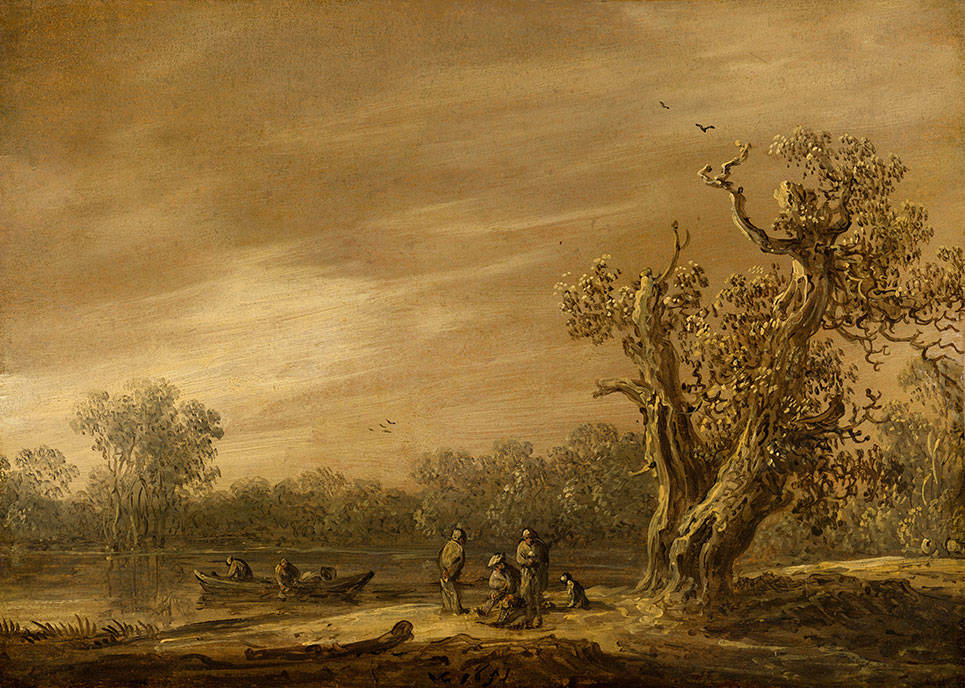The first group came under the stewardship of the Stichting Nederlands Kunstbezit (SNK, Netherlands Art Property Foundation), which was charged with returning the works to the rightful owners or their heirs if there was reason to believe that was appropriate. Anything deemed ineligible for restitution was brought together in the so-called Nederlands Kunstbezit (NK) Collection, held by the government, part of which was lent to Dutch museums. Some twenty works found their way to the Mauritshuis from 1948 onwards. Most of these paintings were transferred to the museum’s custody in 1960. More loans from the NK Collection were to follow, among them Nicolaes Berchem’s Allegory of Summer in 1992. These paintings were also formally transferred to the Mauritshuis collection in 2010.
The subject attracted little attention for decades, but interest in the restitution of Nazi looted art resurfaced at the end of the 1990s. The Dutch Ministry of Education, Culture and Science commissioned the Bureau Herkomst Gezocht (BHG, Origins Unknown Agency), which was set up in 1998, to investigate the provenance of all the remaining objects in the NK Collection with a view to their possible restitution to the rightful owners or their heirs.
The BHG examined the period from 1940-45, but also extended the search farther back in time to look for evidence of forced sales by Jewish owners from 1933.

